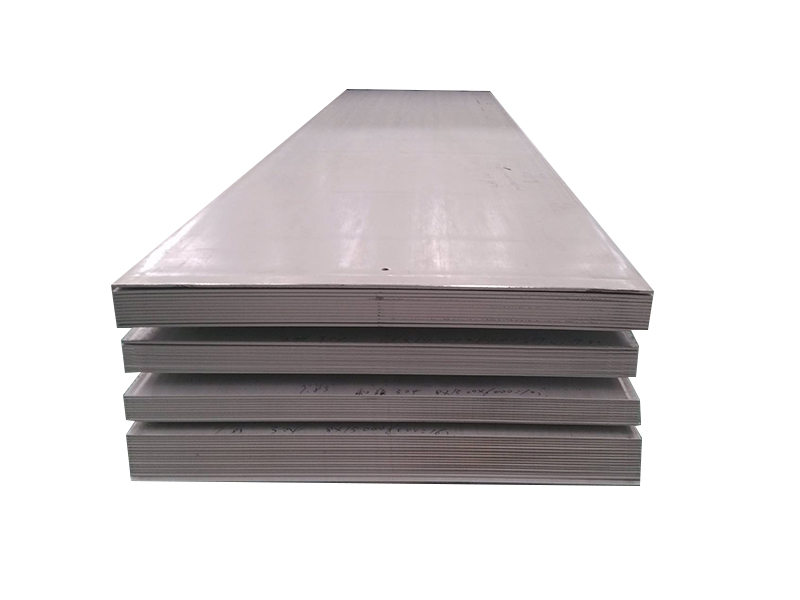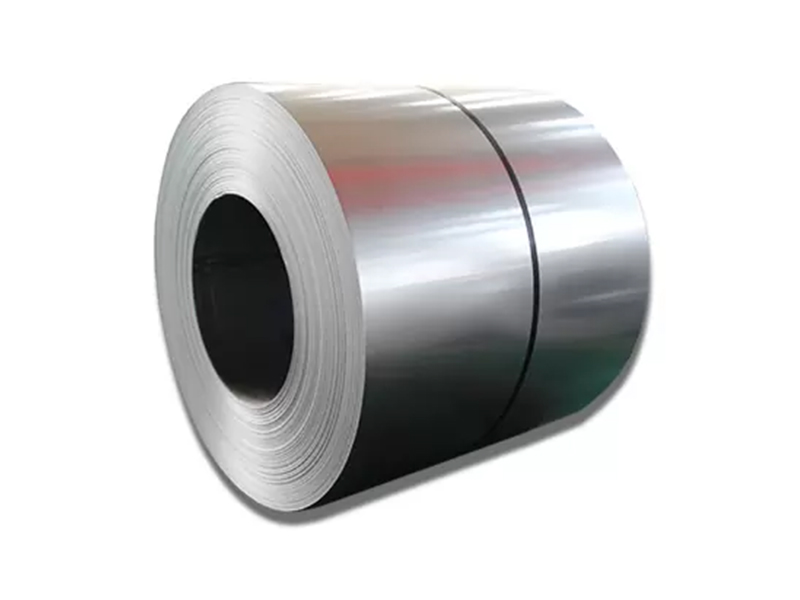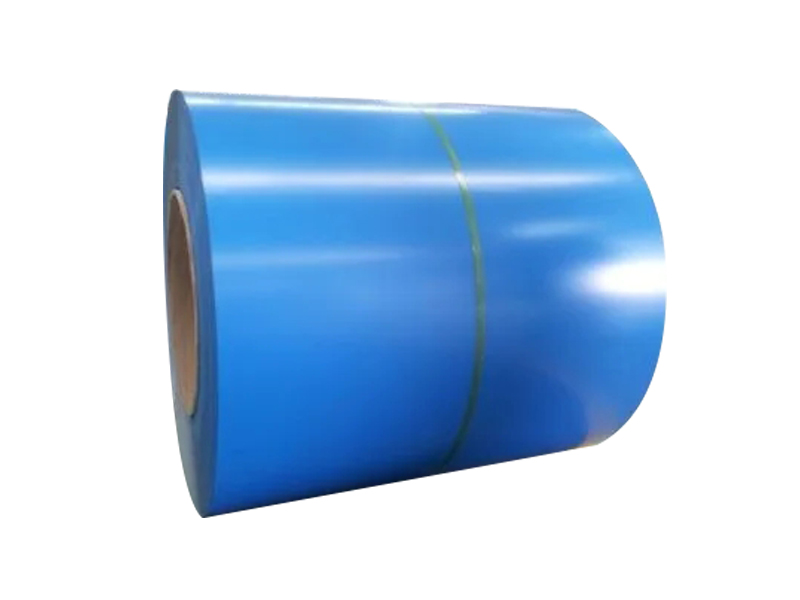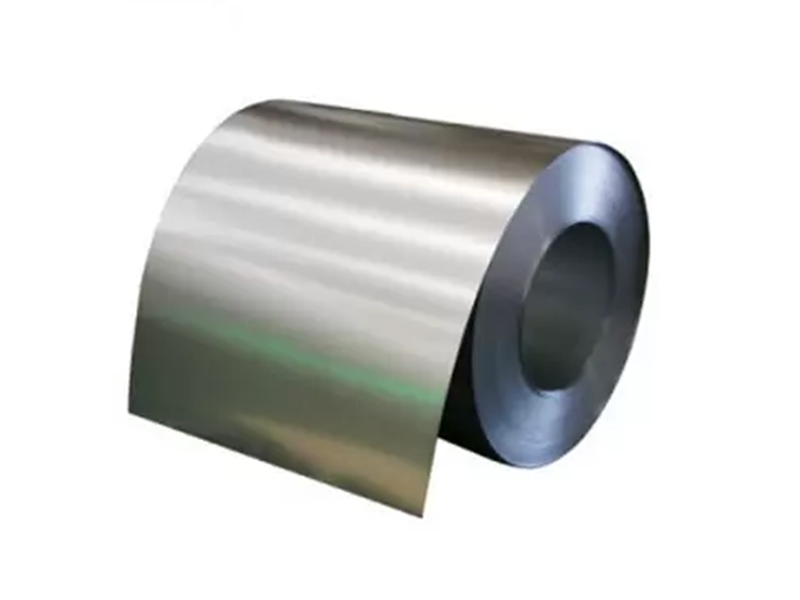
News
SS304 STAINLESS STEEL 1.4301
- 30 Jun,2023
304 stainless steel
304 stainless steel is a common material in stainless steel, with a density of 7.93 g/cm³; it is also called 18/8 stainless steel in the industry, which means it contains more than 18% chromium and more than 8% nickel; it can withstand high temperature of 800°C and has good processing performance , high toughness characteristics, widely used in industry and furniture decoration industry and food medical industry. However, it should be noted that food-grade 304 stainless steel has stricter content indicators than ordinary 304 stainless steel. For example: the international definition of 304 stainless steel is that it mainly contains 18%-20% chromium and 8%-10% nickel, but food-grade 304 stainless steel contains 18% chromium and 8% nickel, which allows fluctuations within a certain range, and Limit the content of various heavy metals. In other words, 304 stainless steel is not necessarily food grade 304 stainless steel
The common labeling methods on the market include 06Cr19Ni10 and SUS304, among which 06Cr19Ni10 generally indicates the national standard production, 304 generally indicates the ASTM standard production, and SUS 304 indicates the Japanese standard production.
304 is a general-purpose stainless steel, which is widely used in the production of equipment and parts that require good overall performance (corrosion resistance and formability). In order to maintain the inherent corrosion resistance of stainless steel, the steel must contain more than 18% chromium and more than 8% nickel. 304 stainless steel is a grade of stainless steel produced according to the American ASTM standard.
Tensile strength σb (MPa)≥515-1035
Conditional yield strength σ0.2 (MPa)≥205
Elongation δ5 (%)≥40
Reduction of area ψ (%)≥?
Hardness: ≤201HBW; ≤92HRB; ≤210HV
Density (20°C, g/cm³): 7.93
Melting point (°C): 1398~1454
Specific heat capacity (0~100℃, KJ kg-1K-1): 0.50
Thermal conductivity (W·m-1·K-1): (100°C) 16.3, (500°C) 21.5
Linear expansion coefficient (10-6 K-1): (0~100°C) 17.2, (0~500°C) 18.4
Resistivity (20°C, 10-6Ω·m2/m): 0.73
Longitudinal modulus of elasticity (20°C, KN/mm2): 193
Product ingredients
For 304 stainless steel, the Ni element in its composition is very important, which directly determines the corrosion resistance and value of 304 stainless steel.
The most important elements in 304 are Ni and Cr, but they are not limited to these two elements. Specific requirements are specified by product standards. The common judgment situation in the industry is that as long as the Ni content is greater than 8% and the Cr content is greater than 18%, it can be considered as 304 stainless steel. This is why the industry calls this type of stainless steel 18/8 stainless steel. In fact, the relevant product standards have very clear regulations on 304, and these product standards have some differences for different shapes of stainless steel. Below are some common product standards and tests.
To determine whether a material is 304 stainless steel, it must meet the requirements of each element in the product standard. As long as one of them does not meet the requirements, it cannot be called 304 stainless steel.
1、ASTM A276(Standard Specification for Stainless Steel Bars and Shapes)
304 | C | Mn | P | S | Si | Cr | Ni |
,% | ≤0.08 | ≤2.00 | ≤0.045 | ≤0.030 | ≤1.00 | 18.0–20.0 | 8.0-11.0 |
2、ASTM A240(Chromium and Chromium-Nickel Stainless Steel Plate板材,Sheet片材, and Strip带材 for Pressure essels and for General Applications)
304 | C | Mn | P | S | Si | Cr | Ni | N |
% | ≤0.07 | ≤2.00 | ≤0.045 | ≤0.030 | ≤0.75 | 17.5–19.5 | 8.0–10.5 | ≤0.10 |
3、JIS G4305(cold-rolled 冷轧stainless steel plate板材, sheet片材 and strip带材)
SUS 304 | C | Mn | P | S | Si | Cr | Ni |
% | ≤0.08 | ≤2.00 | ≤0.045 | ≤0.030 | ≤1.00 | 18.0–20.0 | 8.0-10.5 |
4、JIS G4303 (Stainless steel bars不锈钢棒)
SUS 304 | C | Mn | P | S | Si | Cr | Ni |
% | ≤0.08 | ≤2.00 | ≤0.045 | ≤0.030 | ≤1.00 | 18.0–20.0 | 8.0-10.5 |
The above four standards are just a few common standards. In fact, there are more than these standards mentioned in ASTM and JIS. Each standard actually has different requirements for 304, so if you want to determine whether a material is 304, the accurate expression should say whether it meets the 304 requirements in a certain product standard. The material certificate generally needs to issue the following types of reports:
Detailed comparison of standard specifications: as of 2015-12-08
ITEM | STANDARD /S30400 | C | Mn | P | S | Si | Cr | Ni | N | Cu |
1 | ASTM A276/A276M-15 | 0.08 | 2.00 | 0.045 | 0.030 | 1.00 | 18.0-20.0 | 8.0-11.0 | ||
2 | ASTM A959-11 | 0.07 | 2.00 | 0.045 | 0.030 | 1.00 | 17.5-19.5 | 8.0-11.0 | ||
3 | ASTM A240/A240M-15a | 0.07 | 2.00 | 0.045 | 0.030 | 0.75 | 17.5-19.5 | 8.0-10.5 | ||
4 | ASTM A182/A182M-15 | 0.08 | 2.00 | 0.045 | 0.030 | 1.00 | 18.0-20.0 | 8.0-11.0 | 0.10 | |
5 | ASTM A193/A193M-15 | 0.08 | 2.00 | 0.045 | 0.030 | 1.00 | 18.0-20.0 | 8.0-11.0 | ||
6 | ASTM A269/A269M-15 | 0.08 | 2.00 | 0.045 | 0.030 | 1.00 | 18.0-20.0 | 8.0-11.0 | ||
7 | ASTM A312/A312M-15a | 0.08 | 2.00 | 0.045 | 0.030 | 1.00 | 18.0-20.0 | 8.0-11.0 | ||
8 | ASTM A320/A320M-15a | 0.08 | 2.00 | 0.045 | 0.030 | 1.00 | 18.0-20.0 | 8.0-11.0 | ||
9 | ASTM A403/A403M-15 | 0.08 | 2.00 | 0.045 | 0.030 | 1.00 | 18.0-20.0 | 8.0-11.0 | ||
10 | ASTM A493-09(2013) | 0.08 | 2.00 | 0.045 | 0.030 | 1.00 | 18.0-20.0 | 8.0-10.5 | 0.10 | 1.00 |
11 | ASTM A554-15a (MT-304) | 0.08 | 2.00 | 0.045 | 0.030 | 1.00 | 18.0-20.0 | 8.0-11.0 | ||
12 | JIS G4303:2012 | 0.08 | 2.00 | 0.045 | 0.030 | 1.00 | 18.0-20.0 | 8.0-10.5 | ||
13 | JIS G4304:2012 | 0.08 | 2.00 | 0.045 | 0.030 | 1.00 | 18.0-20.0 | 8.0-10.5 | ||
14 | JIS G4305:2012 | 0.08 | 2.00 | 0.045 | 0.030 | 1.00 | 18.0-20.0 | 8.0-10.5 | ||
15 | GB/T 20878-2007 | 0.08 | 2.00 | 0.045 | 0.030 | 1.00 | 18.0-20.0 | 8.0-11.0 |
- Best Sellers
-

High Quality ASTM Stainless Steel Plate 8K 304L 304 321 316L 310S 430
-

Hot Dipped Zinc Coating Iron Steel Sheets Z60 Z120 Z180 Regular Spangle Galvanized Steel Coil
-

G350 G550 Spcc Galvanized Steel Sheet Coil Prepainted Dx51d For Roofing Sheet
-

ASTM AISI 201 202 304 304L 316 316L 410 410s 430 2b No. 4 Mirror Polished Finished Cold Rolled Stainless Steel Coil for Building Material






